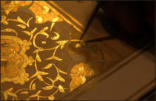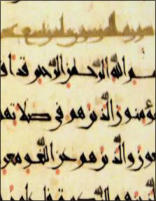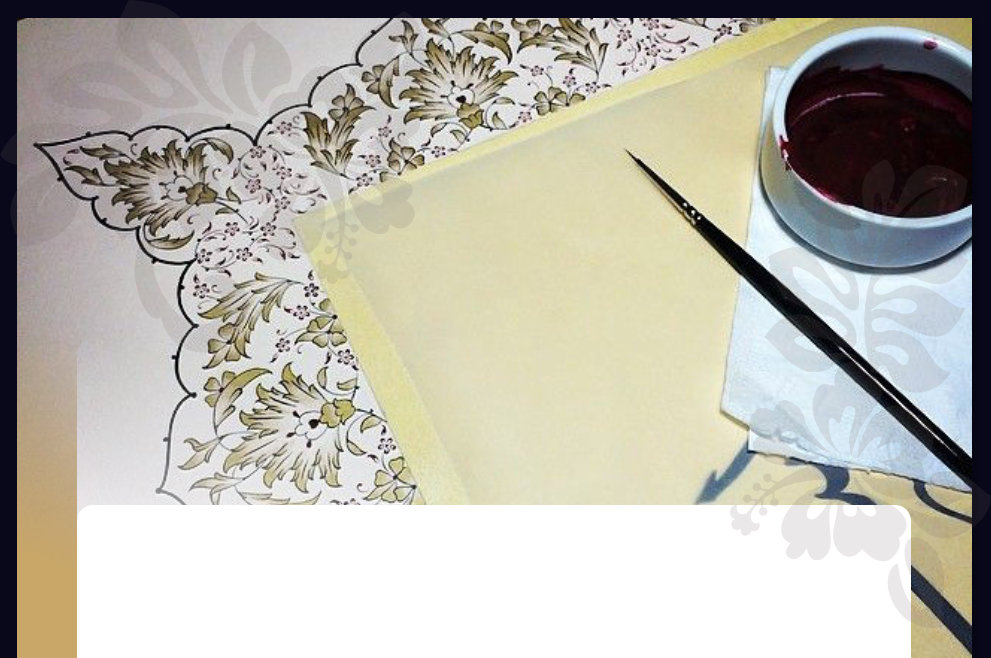

Copyright © 2011-2018 Academia-srt Network, All Rights Reserved
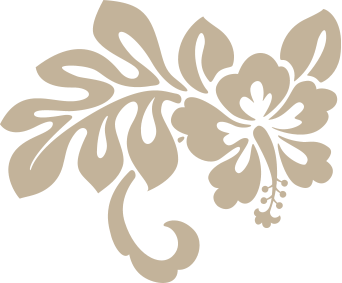
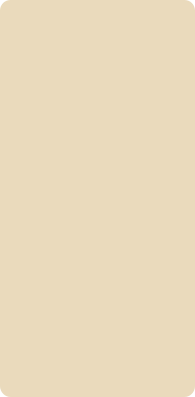
Arabic Calligraphy
Gallery
This section aims to introduce Arabic calligraphy by reproducing selected masterpieces drawn by Muslim calligraphers and artists from early centuries to the modern era. View QuranComplex resources here

Articles
ARABIC CALLIGRAPHY
Writing is an honorable skill known for its position to preserve and circulate knowledge throughout time. Muslim scholars mention that when “..the effect of spoken words fade away, only the penman’s handwriting remains alive and proliferates within populations.” The task of writing was refined with the advent of Islamic culture in a step to conserve the Quran, a book which was preserved since its first inscription. It was for this main purpose that Muslims united and converted to the Arabic writing system and nominated the Hijazi Meccan script for the purpose of recording of the Quran and prophetic traditions In earlier times, only civilizations south and north to the Arabia Peninsula, including the Mesopotamia, as well as civilizations in the east had reached an accepted level of knowledge and fine art to achieve this skill and produce manuscripts well preserved to this day. read moreEVOLUTION OF THE QURANIC
SCRIPT
The Documentary "The Caravan of Light" TRANSCRIPT The Revelation of the Quran “Verily We have brought down the Quran, and surely, We will guard it (from corruption)" [Quran: Chapter 15-Verse 9]. Before the prophet was sent, the world lived a life full of various kinds of hideous deeds. t was such an environment clouded with whims, anarchy, and adultery in the Arabian Peninsula that Muhammad ibn Abdillaah the unlettered prophet-peace and blessing be upon him- grew up and was known among his people as al-ameen, the trustworthy.
In the morning of a magnificent day, in the month
of Ramadan of the year 610CE, Gabriel -peace
be upon him- came to the cave of Hira where the
prophet -peace and blessings of Allah be upon
him- used to seclude himself for worship and
meditation for days and nights together bringing
with him ayat (verses) from the glorious Quran.
He said: “read”.
The Prophet replied: “I cannot read”.
He held him, pressed him hard to his bosom, and
then let him go. This he did several times and
then read unto him the Words of Allah: "Read! In
the name of your Lord Who has created (all that
exist). He has created man from a clot. Read! And
your Lord is the Most Generous. Who has taught
(writing) by the pen. He has taught man that
which he knew not." [Quran: Chapter 96]
read more
THE SEVEN DIALECTS OF
THE QURAN
Ayman Ibn Rushdi Suwaid, PhD in Arabic and Islamic Studies. Translation of the Interview The Glorious Quran was without doubt reve aled in the tongue of the Arabs. Allah the Most Exalted said in the Quran: “Which the trustworthy Gabriel has brought down * Upon your heart (O Muhammad) that you may forewarn them * In the manifest and clear Arabic language.” (Quran 26:193-195). Indeed the Glorious Quran is written and read in the Arabic tongue and language, and the Arabs in the time of revelation were as in modern times from diverse tribes whom agree in many of the vocabulary but differ in pronunciation (their phonetics). read more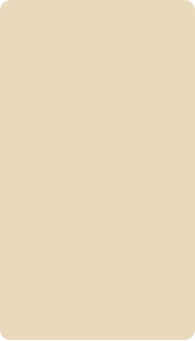

Al-Faraheedi
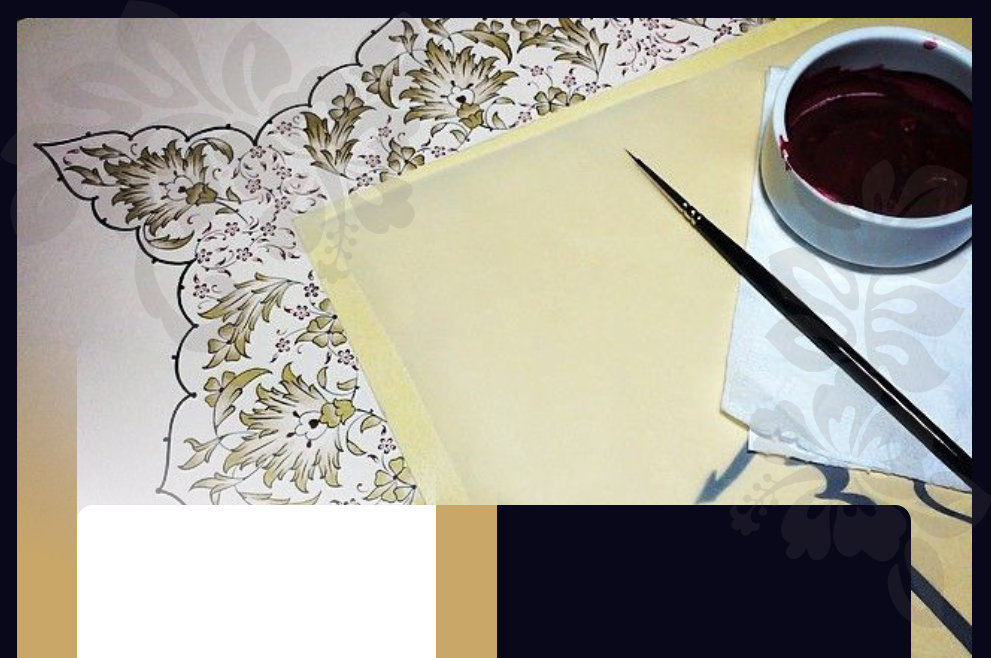

Al-Faraheedi

Copyright © 2011-2018 Academia-srt Network, All Rights Reserved

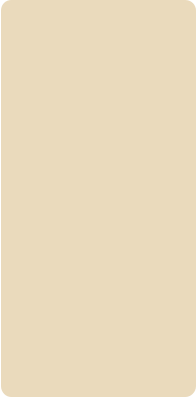
Arabic Calligraphy
Gallery
This section aims to introduce Arabic calligraphy by reproducing selected masterpieces drawn by Muslim calligraphers and artists from early centuries to the modern era. View QuranComplex resources here

Articles
ARABIC CALLIGRAPHY
Writing is an honorable skill known for its position to preserve and circulate knowledge throughout time. Muslim scholars mention that when “..the effect of spoken words fade away, only the penman’s handwriting remains alive and proliferates within populations.” The task of writing was refined with the advent of Islamic culture in a step to conserve the Quran, a book which was preserved since its first inscription. It was for this main purpose that Muslims united and converted to the Arabic writing system and nominated the Hijazi Meccan script for the purpose of recording of the Quran and prophetic traditions In earlier times, only civilizations south and north to the Arabia Peninsula, including the Mesopotamia, as well as civilizations in the east had reached an accepted level of knowledge and fine art to achieve this skill and produce manuscripts well preserved to this day. read moreEVOLUTION OF THE QURANIC
SCRIPT
The Documentary "The Caravan of Light" TRANSCRIPT The Revelation of the Quran “Verily We have brought down the Quran, and surely, We will guard it (from corruption)" [Quran: Chapter 15-Verse 9]. Before the prophet was sent, the world lived a life full of various kinds of hideous deeds. t was such an environment clouded with whims, anarchy, and adultery in the Arabian Peninsula that Muhammad ibn Abdillaah the unlettered prophet-peace and blessing be upon him- grew up and was known among his people as al-ameen, the trustworthy.
In the morning of a magnificent day, in the month
of Ramadan of the year 610CE, Gabriel -peace
be upon him- came to the cave of Hira where the
prophet -peace and blessings of Allah be upon
him- used to seclude himself for worship and
meditation for days and nights together bringing
with him ayat (verses) from the glorious Quran.
He said: “read”.
The Prophet replied: “I cannot read”.
He held him, pressed him hard to his bosom, and
then let him go. This he did several times and
then read unto him the Words of Allah: "Read! In
the name of your Lord Who has created (all that
exist). He has created man from a clot. Read! And
your Lord is the Most Generous. Who has taught
(writing) by the pen. He has taught man that
which he knew not." [Quran: Chapter 96]
read more
THE SEVEN DIALECTS OF
THE QURAN
Ayman Ibn Rushdi Suwaid, PhD in Arabic and Islamic Studies. Translation of the Interview The Glorious Quran was without doubt reve aled in the tongue of the Arabs. Allah the Most Exalted said in the Quran: “Which the trustworthy Gabriel has brought down * Upon your heart (O Muhammad) that you may forewarn them * In the manifest and clear Arabic language.” (Quran 26:193-195). Indeed the Glorious Quran is written and read in the Arabic tongue and language, and the Arabs in the time of revelation were as in modern times from diverse tribes whom agree in many of the vocabulary but differ in pronunciation (their phonetics). read more
